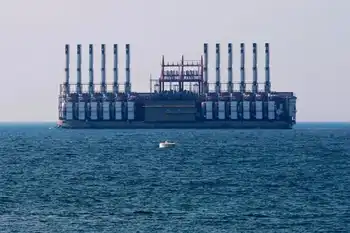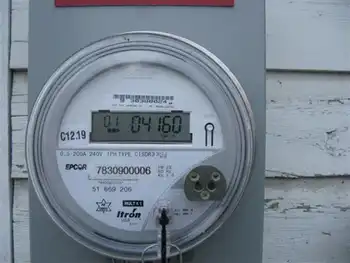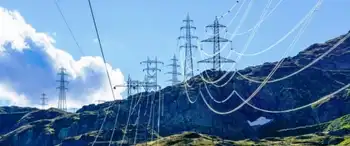Ontario power prices go below zero
By Toronto Star
Protective Relay Training - Basic
Our customized live online or in‑person group training can be delivered to your staff at your location.

- Live Online
- 12 hours Instructor-led
- Group Training Available
That may come as news to householders, who had watched bills crawl steadily higher until the province took the edge off by awarding a 10 per cent discount starting January 1.
But the combination of low demand and gushing rivers has driven prices lower than zero at certain times of day over the past week.
For example:
On April 11, prices dipped below zero for five hours during the night, going as low as minus 12.2 cents a kilowatt hour.
The previous day, prices were also negative for five hours, dipping to minus 12.8 cents a kilowatt hour at the lowest.
The price fell to minus 2.2 cents a kilowatt hour for an hour on April 9.
The negative prices, unfortunately, do not mean that householders will get a refund or a credit on their next bill.
Residents are generally locked in to regulated prices, or time of use rates. Others are committed to fixed prices under retail contracts, which don't vary as market prices rise and fall.
But larger users, generally businesses, who are charged the market rate for electricity, can actually receive a credit for the power they use when prices are below zero.
So can neighbouring states and provinces, which trade power back and forth with Ontario.
Low prices are common at this time of year, says Terry Young, vice president of the Independent Electricity System Operator, which runs the province's power market.
Temperatures are moderate, so there's low demand for heating and air conditioning. Demand on April 11 was a low as 11,746 megawatts — less than half what it would be on a hot summer day or a cold winter night.
At the same time, the spring run-off has filled rivers and reservoirs so hydroelectric production is high. Nuclear plants run close to full capacity all the time and can't be scaled back, so surpluses can develop.
Surplus power and negative prices can be an opportunity for businesses that can boost production when the price plummets, said Young.
"There are customers who can respond to this," he said.
Wind is also increasingly a wild card in Ontario's power system. It wasn't a huge factor over the weekend, but windy weather did help push Ontario into a surplus position in January.
A report has warned that if no action is taken Ontario could have surplus power on its hands one day out of every seven by 2013. The surpluses would likely disappear within a few years, as the province starts shutting down nuclear reactors for major overhauls.
Delicate talks are currently under way with wind generators to see if there are ways to limit the flow of wind power onto the grid during periods of surplus.
Currently, all wind power flows onto the system and most generators receive a fixed price of 13.5 cents a kilowatt hour.
Other generators with contracts are also paid the contract price, despite the zero market price. To make up the difference, customers pay "global adjustment," a surcharge on the energy portion of their bill.











